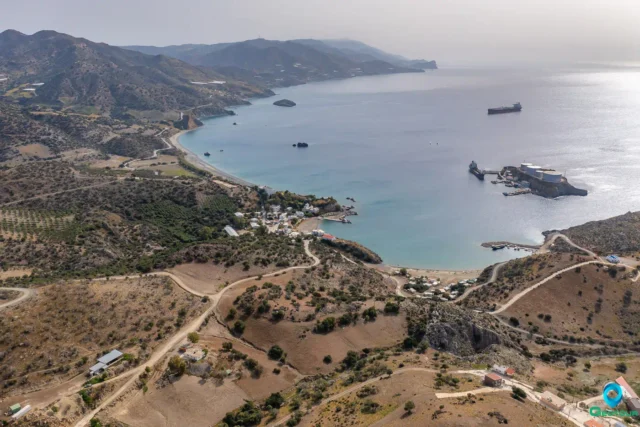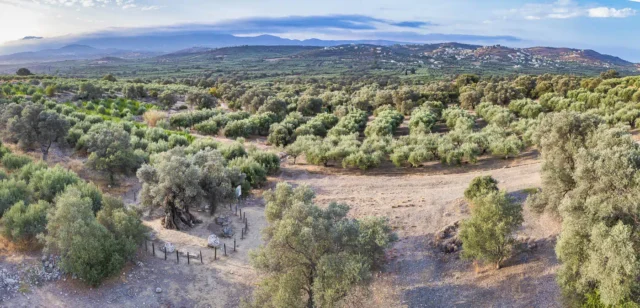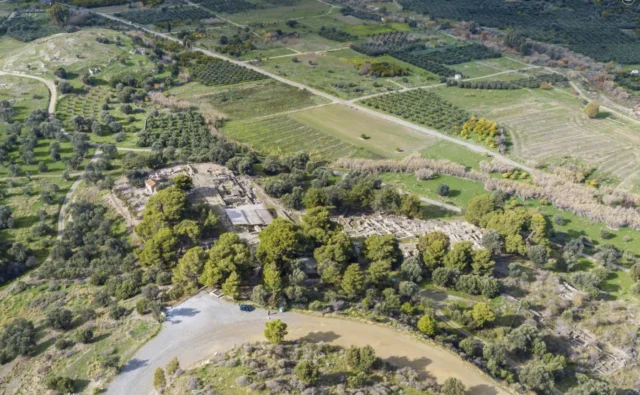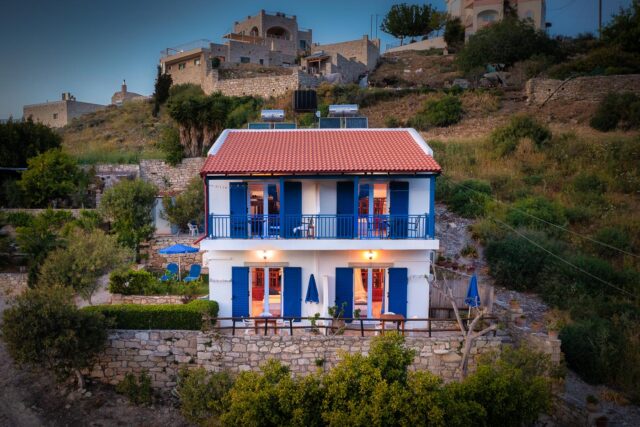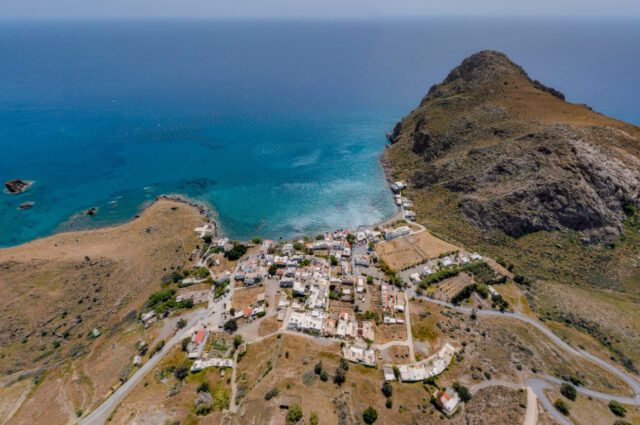415
listings found
Categories
Active filters:
Trafoulas beach and gorge
Trafoulas Gorge: A Geological Masterpiece in the Asterousia Mountains Trafoulas Gorge is a breathtaking geological formation located southeast of the village of Krotos in the Asterousia Mountains. Hidden from the […]
Kaloi Limenes beach
Kaloi Limenes, in Heraklion, Crete, is a coastal settlement with a natural harbor. The area is known for its rugged beauty and proximity to Lentas and the ancient city of Lasaia. A small islet named "Apostolos Pavlos" is located in the harbor and a nearby church is dedicated to Apostle Paul. The name Kaloi Limenes appears in the Acts of the Apostles and is associated with Apostle Paul's journey. During the Venetian era, it was known for smuggling activities.
Gortyna archaeological site
Gortyna, located on Crete's Mesara Plain, was a major ancient city second only to Knossos. Inhabited since the Neolithic period (7000 BCE), it flourished during the Bronze Age under Minoan and Mycenaean civilizations. By the Archaic and Classical periods, Gortyna was a powerful city-state, sometimes allied with, sometimes rivaling, Knossos. In 67 BCE, Romans conquered Crete, making Gortyna capital of the province of Crete and Cyrenaica. The city thrived under Roman rule, with new infrastructure like the Praetorium, amphitheater, and Sanctuary of the Egyptian Gods.
A key discovery is the Gortyn code, the oldest known complete ancient Greek law, offering insights into 5th century BC social, economic, and legal structures. Gortyna embraced Christianity during the Byzantine era, evidenced by the Basilica of Saint Titus. The Arab conquest in the 9th century CE led to its decline. Today, Gortyna is a major archaeological site with ongoing excavations. Key sites include the Praetorium, Odeon (housing the Gortyn code inscription), amphitheater, Pythion Theater, Sanctuary of the Egyptian Gods, Basilica of Saint Titus, and Acropolis.
Festos (Phaistos)
Phaistos, a significant Minoan city in Crete, second in importance to Knossos, located in the Messara Plain. It dates back to 4000 BCE with a palace built in 1900-1700 BCE. The city was destroyed by an earthquake around 1700 BCE and rebuilt with a larger palace. Phaistos had connections with Knossos, Hagia Triada, and Gortyn. Important findings include the Phaistos Disk, Kamares Ware, and architectural remains. After a decline, Phaistos was reoccupied in the Hellenistic period (c. 323-67 BCE) until conquered by Gortyn.
Mana Elia, ancient olive tree
The Monumental Olive Tree, or “Mana Elia,” is a 2,800-year-old olive tree located in Kamilari, Crete. It has been designated a natural monument due to its size and historical significance. The tree has a base perimeter of 9.5 meters and its trunk is marked by age. The Kamilari Cultural Association has placed twelve large stones around the tree for protection. Eight of the stones are carved with the double axe symbol associated with the Minoan civilization. Mana Elia is near the Kamilari Tholos Tomb and the Minoan Palace of Phaistos. It is a “Thrombolia” variety olive, locally called “Hontrolia,” grafted onto a wild olive rootstock. This grafting technique ensures the tree’s continued health. Mana Elia is a popular tourist attraction and represents Crete’s history of olive cultivation. It is valued for its historical and cultural significance.
Tholos Tomb of Kamilari
The Tholos Tomb of Kamilari, located on a coastal hill near Phaistos in Crete, is the largest and most well-preserved Minoan tholos tomb. Constructed around 1900 BC, it offers valuable insights into Minoan funerary practices. The tomb's proximity to Agia Triada and Phaistos suggests a connection to the elites of these settlements. The Kamilari cemetery includes three tholos tombs, with Tholos A being the most preserved, featuring a circular chamber, external rooms, and an open-air courtyard. Tholos B and C are partially preserved, with Tholos C repurposed as a shrine dedicated to Demeter and Kore. A research project is underway to study the cemetery, including its stratigraphy, artifacts, and human remains. The project aims to understand the changing mortuary behavior and social choices of the communities who used the cemetery over centuries.
Agiofarago Gorge and Beach
Agiofarago Gorge in Crete offers a stunning hike with steep cliffs and caves. The beach boasts fine pebbles and clear blue water.
Studio Keramos
KERAMOS Studios is a beautiful traditional guesthouse located at the heart of Zaros, a picturesque traditional village, 45 km from Heraklion at the plain of Mount Psiloritis, blessed with natural […]
Nana Apartments
Nana Apartments consists of five apartments. They can accommodate up to five guests. We want to offer our guests a comfortable stay in Nana, and we made sure that our […]
Agia Triada
Agia Triada, in Crete's Messara Plain, presents a Minoan settlement with a notable Royal Villa, smaller than Knossos or Phaistos, but showcasing Minoan architecture. The site's history spans from Early Minoan to Postpalatial, with Mycenaean influence after 1450 BC. Discoveries include Linear A tablets, the Hagia Triada sarcophagus, Chieftain's Cup, and Boxer Rhyton, highlighting administrative and funerary practices. Burial sites range from tholos to chamber tombs, reflecting cultural evolution. A tripartite shrine indicates religious significance. The site's layers reveal Minoan daily life, economic functions, and interactions with the broader Mediterranean world, with artifacts exhibited in the Messara Museum.
Kalamaki Irini apartments
The studios-apartments “Irini” in Kalamaki, Heraklion, Crete are ideal for rest and relaxation. They are equiped with kitchen, kitchen utensils, hobs, electric oven, refrigerator, air-condition, WI-FI, bathroom, towels, sheets, hairdryer […]
Plaka Kamilari apartments
The apartments PLAKA are quietly situated, at the edge of the village of Kamilari, in southern Crete. Each of the 4 apartments provides a beautiful view on the Libyan Sea, the Idi-mountains and […]











